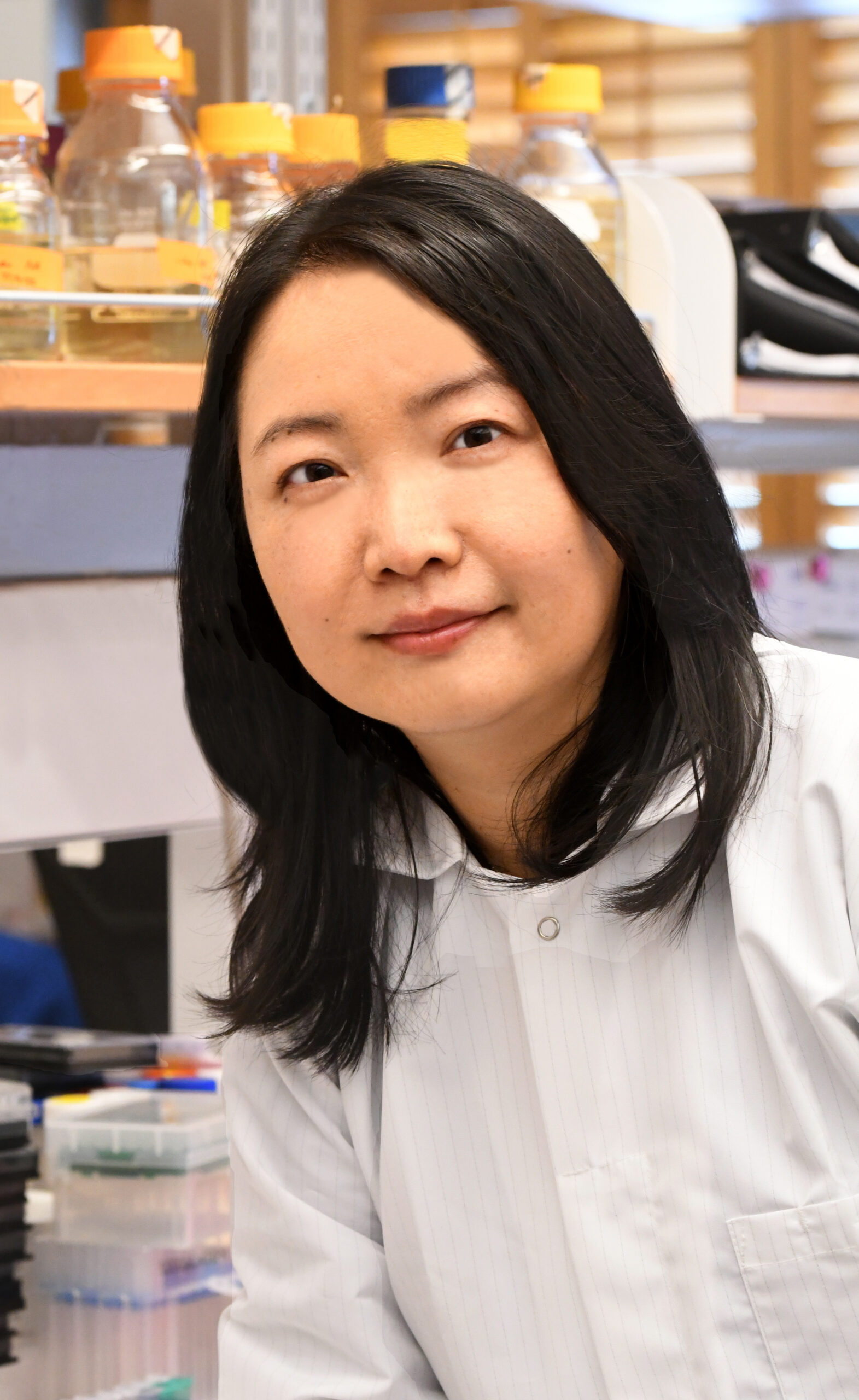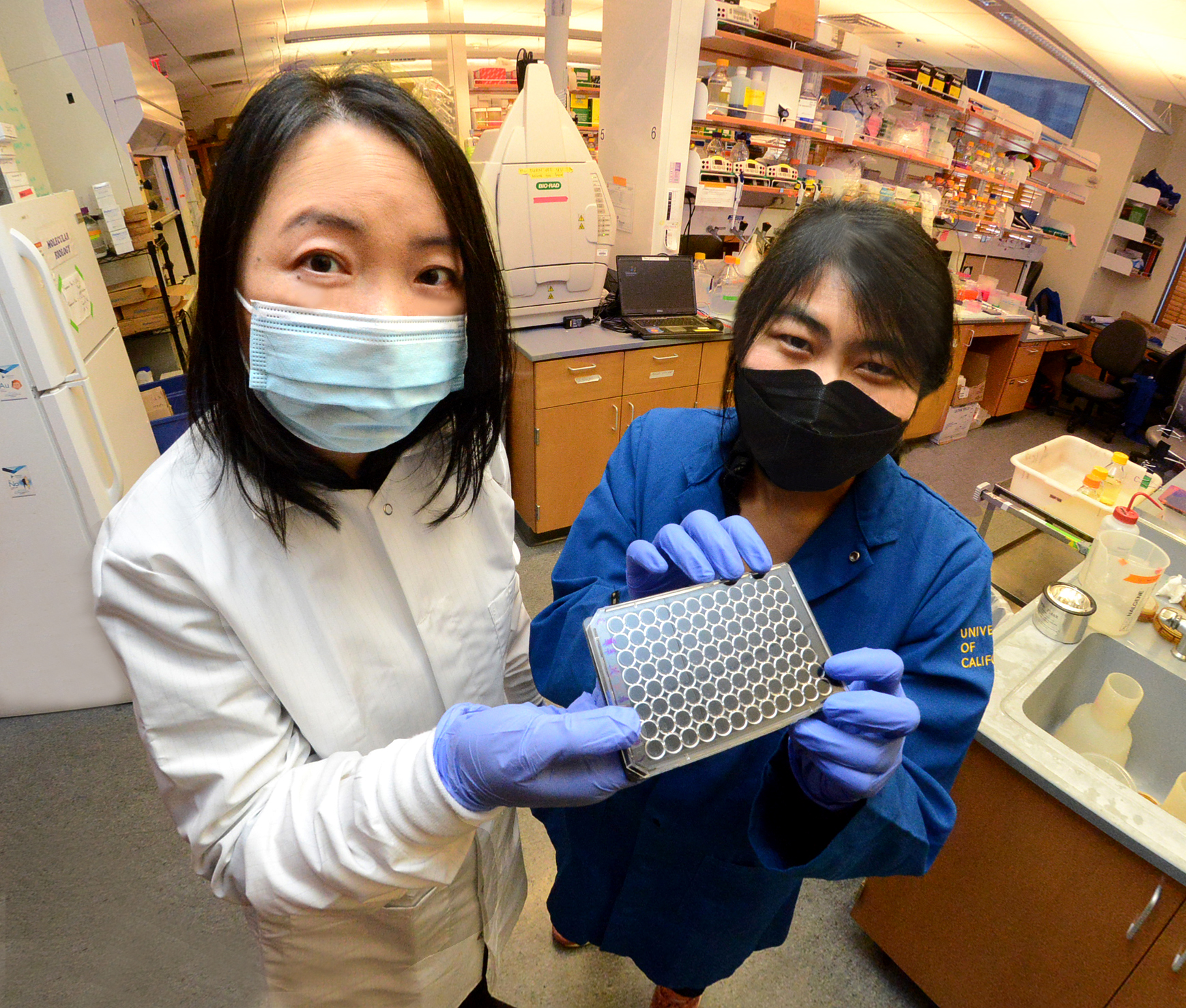
Wenjun Zhang
Chemical and Biomolecular EngineeringDr. Wenjun Zhang is a Professor in the Department of Chemical and Biomolecular Engineering.
Project Description
Molecular Interaction Detector In Vivo: A Platform for Natural Product Drug Candidate and Target Discovery
Natural products (NPs) have historically been the major source of medicines due to their incredible structure diversity and unique bioactivity. From 1981 to 2019, 65.4% of the new FDA approved drugs are NPs, their mimics, or their derivatives. However, many pharmaceutical companies have reduced their NP-based drug discovery departments due to the challenge of identifying new bioactive NPs. One reason is that NP crude extracts are often not compatible with the traditional target-based assays compared to synthetic molecule libraries. This incompatibility should not be the reason to block the exploration of new NP-based drugs particularly in an era when metabolomics and synthetic biology have shortened the time for NP discovery and production. Thus, there is an urgent need to develop new screening assays for NP-based drug discovery. In addition, many identified bioactive NPs and commercial drugs have unclear mechanisms of action, and uncovering drug targets is essential to both optimizing existing drugs and discovering new drugs. Several approaches including compound-centered chemical proteomics and activity-based protein profiling have been developed, however, their time-consuming probe syntheses and high false positive rates prove it’s necessary to develop new methods for target identification. Here, to address the above two major challenges in NP-based drug discovery and development, the Zhang team proposes a new NP-Protein interaction detector that can be applied to screen NP and target protein candidates in vitro or in vivo.
Wenjun Zhang’s Story
Bacteria, fungi and chicken eggs – it would be hard to live without them. They are all sources of drugs used by hundreds of millions of people.
Propofol, the most common anesthetic used in surgery, is derived from chicken eggs. Fungi, we learn in school, are the source of penicillin, while the potent immunosuppressant rapamycin and most commonly used antibiotics are derived from bacteria that secrete them to ward off still other bacteria.
All these drugs are known as natural products, or NPs, and they make up the bulk of even the newest drugs used today. Two thirds of recently- approved drugs are either NPs, derived from NPs or NP mimics.
Despite their success, the pharmaceutical industry has been pulling away from NP small molecules in drug discovery research because it has become increasingly difficult to identify the best candidates using current screening technology.
In the jargon of the field, drug candidates are referred to as small molecules because they can pass through cell membranes.
For most drugs to be effective they must chemically bind to a protein in the cell – their target. When the small molecule interacts with its protein target, it blocks the protein’s normal activity or boosts it, depending on the drug strategy.
Wenjun Zhang, Professor of Chemical and Biomolecular Engineering, is developing a new technology, called an NP-Protein interaction detector, to overcome current limitations in NP drug discovery. She describes the research now underway in her lab supported by her Bakar Fellows Program Spark Award.


Q: Screening for new small molecules is such a fundamental route to drug discovery. How did you come to recognize that a very different strategy was needed?
A: Today, most drugs are screened for their ability to bind to a purified protein target in vitro—essentially in a test tube. But in living cells, it’s complicated, right? The target proteins will be surrounded by other proteins and other macromolecules. And who knows what that complex intracellular environment will give you.
The small molecule may bind to multiple protein targets in the cell. It may be effective against the protein purified in the test tube, but it may bind even more strongly to another protein in the cell. The intracellular environment is very complex.
How does your technology overcome these limitations?
With our Bakar Fellows Program Spark Award, we’re developing the capability of screening NP drug candidates in vivo – in live cells. This is much more challenging, but it can help us determine more precisely when a drug candidate is binding to the intended target protein and if it interacts with other proteins in the cell as well.
Why hasn’t new life cell drug assay technology been developed up to now?
Using living cells for drug discovery or drug target discovery is not a new concept. But our technology will provide a direct readout – identifying all interactions in which the small molecule binds to a protein in living cells. This has not been achieved.
What is the basic technology that makes this possible?
We are adapting a powerful tool to a new purpose. In the past 30 years, green fluorescent proteins (GFPs) have been used in thousands of experiments to study interactions in living cells. When GFP is activated, it emits a bright green fluorescence.
It has become a very useful tool to determine when two proteins interact. But it has rarely been used to determine small molecule-protein interactions. Our strategy can potentially reveal all protein targets in a living cell with minimal false positives.
How will demonstrate that your new strategy works?
We are starting with a well-studied interaction between the NP small molecule rapamycin, an immunosuppressive drug, and its known protein target. We have already shown that our detector gives a strong fluorescence signal when the rapamycin binds to its target among a mixture of proteins in vitro. We showed that it doesn’t fluoresce in response to any of the other proteins. That’s a proof of principle. Now we’re applying it to detect the same interactions in living yeast cells.
In the second and third years of our Bakar Fellows project, we want to screen NPs from different sources to determine if any can bind to known cancer drug targets. That could identify new drugs. We also want to do the reverse: to see if NPs with known anti-cancer activity might bind to previously unknown protein targets — potentially new treatment strategies. If we can demonstrate both of these capabilities, I will be very happy.